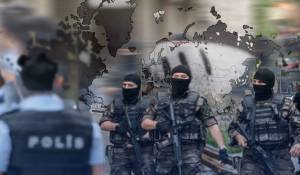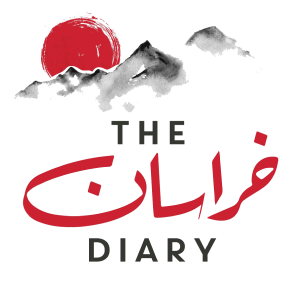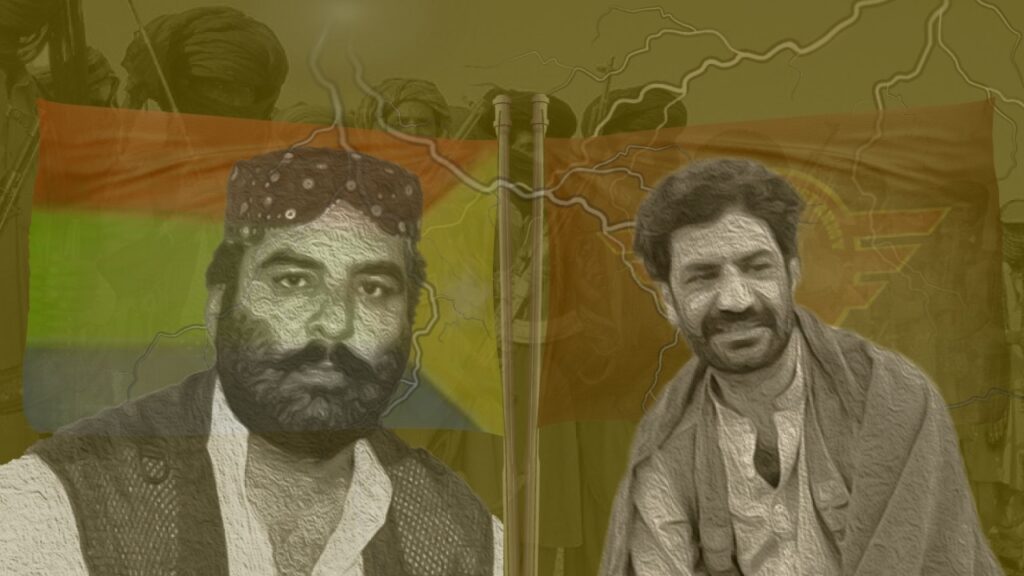
Imtiaz Baloch

January 22, 2026
By | Imtiaz Baloch

In November last year, the Baloch Nationalist Army (BNA) confirmed in a statement that one of the founding leaders, Gulzar Imam alias Shamby, had been captured by the Pakistani security forces.
BNA was split right after Gulzar’s arrest into two factions. One was already led by Sarafaraz Bungaulzai and the other faction emerged led by Anwar alias Chakar.
The Pakistan Army, however, maintained silence on the matter until April 7, when its media wing, the Inter-Services Public Relations (ISPR), finally released a statement acknowledging that Imam, a significant high-value target, had been apprehended as a result of a successful intelligence-based operation (IBO).
Imam, according to the ISPR, was a hardcore militant who played a pivotal role in the establishment of the banned Baloch National Army (BNA), an organization born from the amalgamation of the Baloch Republican Army (BRA) and the United Baloch Army (UBA).
The Khorasan Diary also featured a profile of Imam, briefly touching upon the consequences of his captivity.
Imam’s arrest was not only a significant setback for his group, the BNA, but it also had repercussions for the broader alliance of Baloch armed groups known as Baloch Raaji Aajoi Sanagar (BRAS). This coalition included other insurgent factions, such as the Baloch Liberation Army (BLA-Jeeyand), Balochistan Liberation Front (BLF), and Baloch Republican Guards (BRG).
Shortly following Imam’s arrest, divisions within the umbrella organization became evident, with BNA’s other founding leader Sarfaraz Bungulzai issuing a detailed statement that distanced his faction from BRAS.
In that statement, the BNA’s Bungulzai-led faction also criticized other groups in the alliance for their lack of cooperation in pursuing those responsible for Imam’s arrest.
However, it didn’t end there. A sense of distrust grew, and the prospects for Baloch armed organizations operating under a single umbrella became uncertain. Multiple weaknesses were identified in the narrative used to justify Imam’s arrest, and a series of serious allegations emerged within certain Baloch armed groups.
The Khorasan Diary documented various statements from Baloch armed groups in the months following Imam’s arrest. It observed that BNA, under the leadership of Bungulzai, distanced itself from BRAS in late April this year. In the said statement, BNA strongly criticized the Baloch armed alliance’s response to Imam being captured by Pakistani security forces in IBO.
Following this development, the BNA’s s Bungulzai-led faction continued to censure other organizations, particularly the Baloch Liberation Army (BLA-Jeeyand) and the Balochistan Liberation Front (BLF), in their media statements.
Since August, the BNA’s Bungulzai-led faction has, in various statements, disassociated itself from the killing of Dilawar Baloch, a member of the leading Baloch political party, National Party (NP), and two others in Balochistan’s Kech district.
In those statements, the BNA’s Bungulzai-led faction also alleged that the BLF was implicated in the killings of Hani Baloch, a human rights activist from Pakistan’s Balochistan, as well as her husband Sameer Baloch from Iranshahaar, Sistan-Balouchistan, Iran.
In recent weeks, the BNA’s Bungulzai-led faction lambasted the BLF for destabilizing the BNA by sowing discord within the group.
In response, the BLF released a detailed statement alleging that Bungulzai, in 2015, was responsible for the killing of approximately 22 Pashtuns in a passenger bus near Mastung in Balochistan, without having any defined motives. At that time, the UBA had claimed responsibility for the attack, which had triggered protests in Balochistan’s capital of Quetta. It’s crucial to highlight that during that period, Bungulzai held a leadership role within the UBA.
In its reply, the BLF continued to criticize Bungulzai’s leadership abilities and expressed doubts about his capability to lead the organization following Imam’s arrest. They also raised concerns about the recruitment strategies employed by Imam and Bungulzai, alleging that they had enlisted insurgents into their ranks without proper scrutiny or introspection.
The BLF further emphasized its intention to inform the public that individuals associated with the BNA had already been part of various other Baloch armed groups and had not recruited any new members since their formation.
The BLF also confirmed that it urged the BNA to join the organization.
In a recent statement, the BNA’s Bungulzai-led faction disassociated itself from the unintended killing of another individual in an accidental attack that occurred in the Kech district.
It’s worth noting that a decrease in the number of attacks has been observed within both the BNA and BRAS since Imam’s arrest.
Amidst of crisis within the newly emerged BNA, both the factions, the Sarfaraz group and the Anwar-led group might opt for merging their groups into other armed Baloch factions in future.